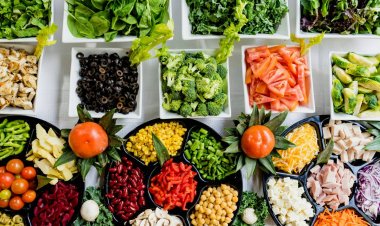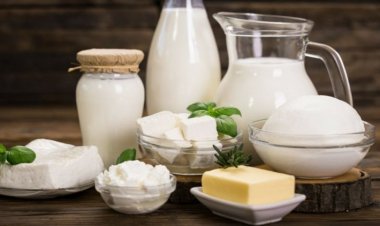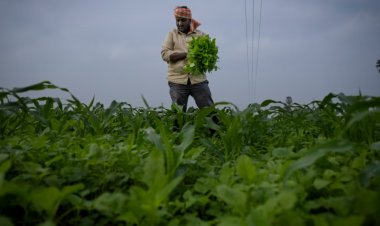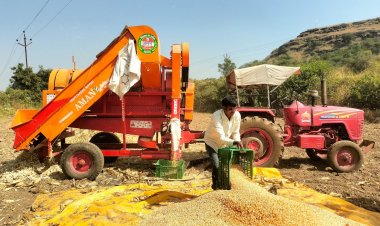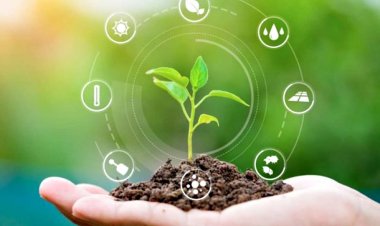Not very good news for India in terms of fertilizer prices. The movement of ships is being affected due to attacks by Houthi rebels in the Red Sea. Due to this, the prices of fertilizers may increase. Prices of key fertilizer Di-Ammonium Phosphate (DAP) have reached $630 per tonne though Indian companies are currently not ready to pay more than $595 per tonne for DAP. Earlier this month, an Indian fertilizer company had signed an import deal at $595 per tonne.
Sources in the fertilizer industry told Rural Voice that DAP prices are hovering between $600 and $630 per tonne in the global market. Prices for Europe are even higher. In the last three months, DAP deals for India have been around $595 per tonne. Industry sources say that the government has set a price limit of $595 for the import of DAP. Companies have been advised not to enter into deals at prices higher than this. Due to the situation in the Red Sea, there is a possibility of an increase in prices. Imports from major fertilizer companies OCP and Russia may be affected due to the attack on ships by Houthi rebels.
As far as the subsidy rates on DAP are concerned by the government, industry sources say that at the current subsidy rates, fertilizer companies are facing a loss of Rs 7,000-8,000 per tonne. If the prices of fertilizers increase due to expensive imports, the government may have to consider increasing the subsidy. By the end of December, 2023, the stock of DAP in the country was about 18 lakh tonnes. At present there is not much demand for DAP, hence the availability is in better condition. Now the demand for DAP will increase only for Kharif crops after April.
The government notifies Nutrient Based Subsidy (NBS) rates for decontrolled fertilizers in April for Kharif season and in October for Rabi season, in which subsidy rates are fixed for Nitrogen (N), Phosphorus (P), Potash (K) and Sulphur (S). There is a separate subsidy policy for urea. Urea prices in the global market are hovering around $318 per tonne. Recently, deals were made at the rate of $329.40 per tonne for East Coast of India and $316.80 per tonne for West Coast of India. Prices of ammonia, a key raw material for fertilizers, have remained stable.
Recently, the Union Fertilizer Minister had said that the fertilizer subsidy in the current financial year (2023-24) is estimated to be Rs 1.7 lakh crore to Rs 1.8 lakh crore, whereas last year the fertilizer subsidy had reached Rs 2.56 lakh crore. This reduction in fertilizer subsidy may be due to the decline in fertilizer prices in the global market. India imports about 100 lakh tonnes of DAP and about 75 lakh tonnes of urea annually. Most of the fertilizers are imported from Russia, Saudi Arabia, Jordan and China.
In such a scenarios, the latest position in the Gulf countries can create problems for India in terms of fertilizer prices. This will have a direct bearing on fertilizer subsidy. But, in an election year the government may avoid taking a political risk by imposing a huge hike in the prices of fertilizers and annoying farmers. On February 1 the government will present the interim budget for the upcoming financial year (2024-25). It remains to be seen what stance the government takes in the matter of fertilizer subsidy in the Union budget.




 Join the RuralVoice whatsapp group
Join the RuralVoice whatsapp group


















